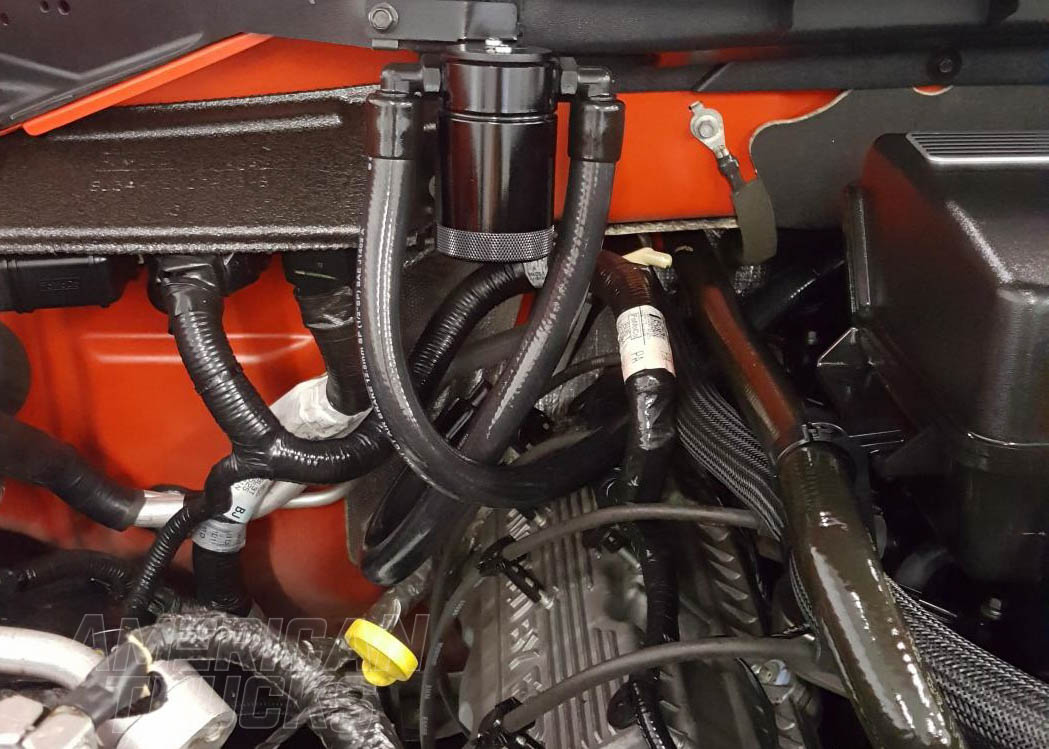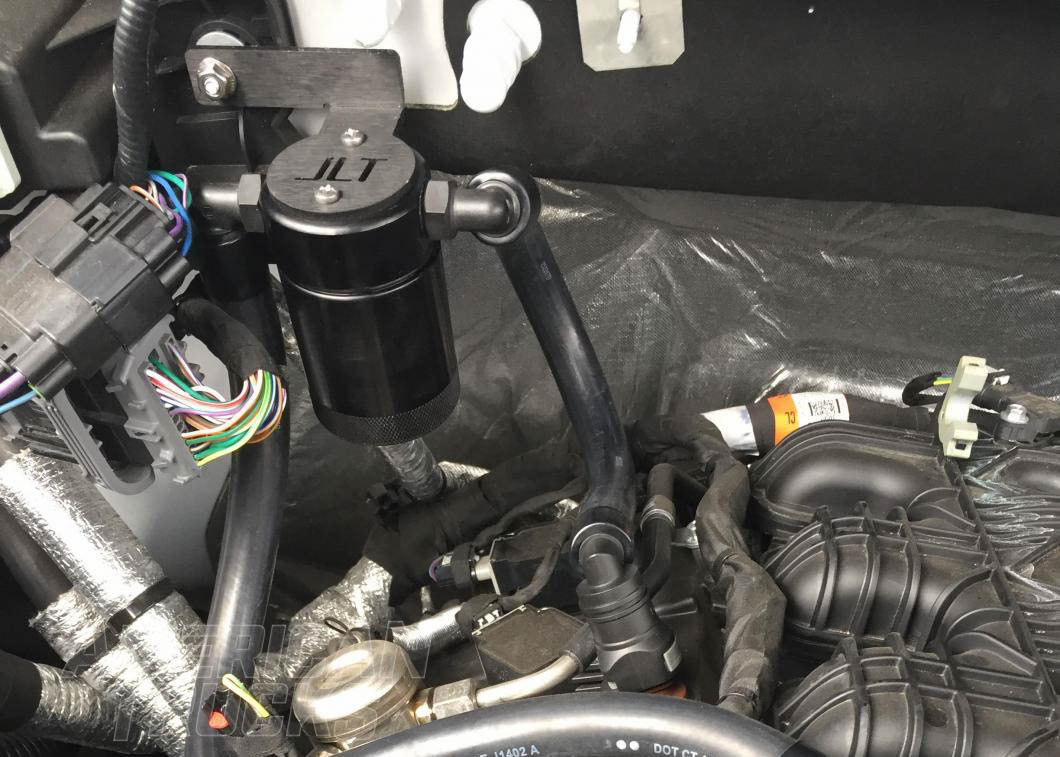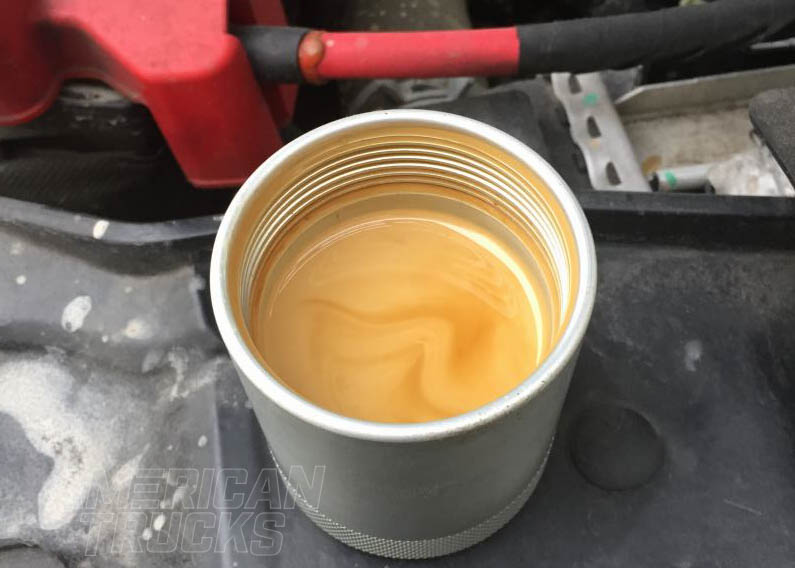Like asking for a robotic vacuum for Christmas, an oil separator is certainly not something that spurs glamour or valor. It does, however, have a long-term effect on reliability and maintaining consistent engine performance as the mileage on your late model F150 increases. Read on below to learn how and why an oil separator can be beneficial for your 2011-2017 F150.
Contents
Shop F-150 Oil Separators
While building a powerful F150 it is important to remember that an engine is only as strong as its weakest link. Excess blow-by up can eat away at an engine's components and deteriorate the benefits of all of your hard work and dedicated maintenance.The addition of an oil separator is a tremendous help in protecting your trucks most valuable asset and keep your F150 running at peak performance.



